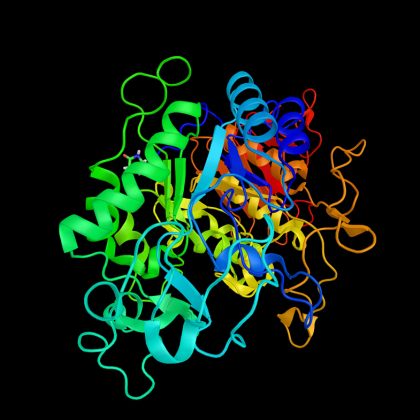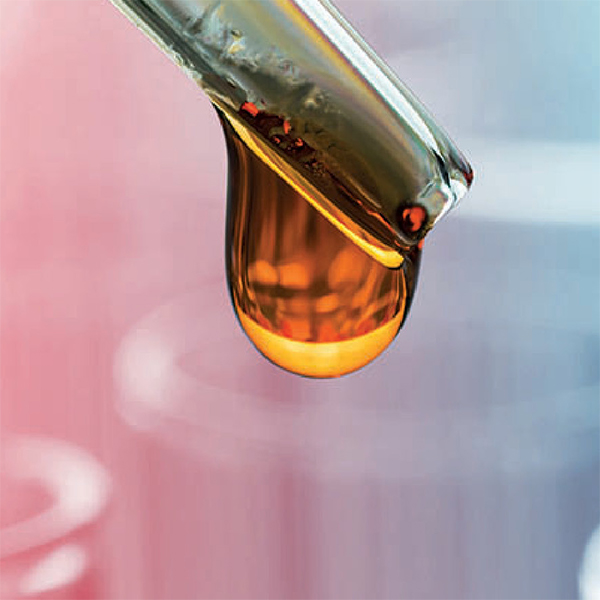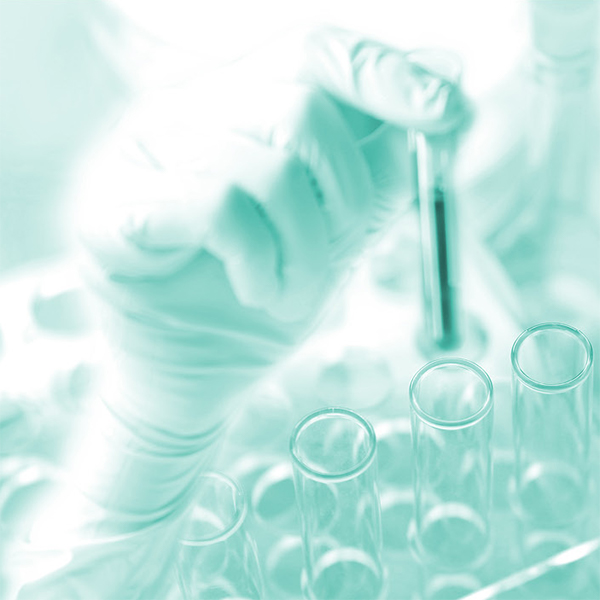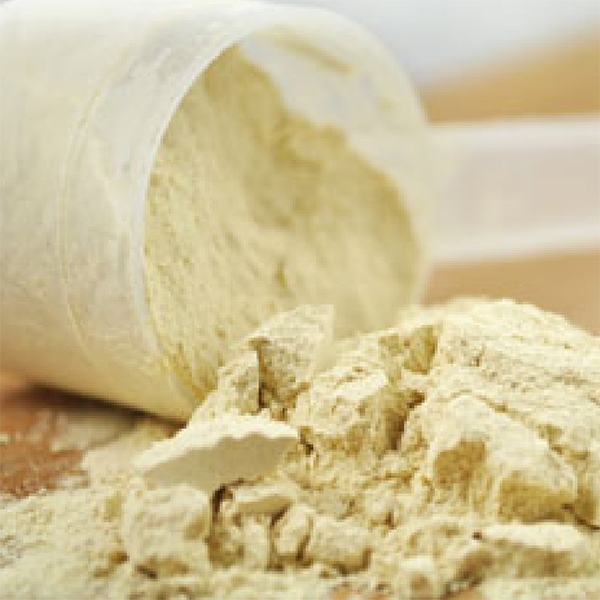LEARN MORE
What are enzymes?
Enzymes are proteins that act as catalysts in all living organisms – microorganisms, plants, animals, and humans. As catalysts, enzymes serve as compounds that increase chemical reactions in biological systems. Enzymes are affected by a number of conditions, such as temperature and pH (acidity), and are subject to inhibition by various means. Enzymes are classified by the type of reaction they catalyse and the substance (called a substrate) they act upon. It is customary to attach the suffix “ase” to the name of the principle substrate upon which the enzyme acts.
Presently, there are over 4,000 different kinds of enzymes whose actions have been researched, utilized and safely administered for use in a variety of industries.
What do Enzymes do?
Enzymes function in a mild environment, similar to the body environment of a living organism. They support life by synthesizing and degrading materials that constitute the building blocks of the organism. Enzymes function as highly selective catalysts in such a way that they selectivity catalyze specific reactions (reaction specificity) and specific materials (substrate specificity).
Technology for the use of enzymes for the improvement of human life remains a key attribute and principle of biotechnology.
What is the early history of enzymes and their origins for human use?
Mankind has been fascinated and challenged with enzymes from ancient times, even though enzymes and their properties and function were a mystery to early practitioners. Unknowingly, man’s early microbial fermentation techniques in food processing was actually enzyme utilitzation at work. For instance, in ancient Egypt, breads and beer were produced by rudimentary fermentation techniques through mere experimentation and primarily for preservation purposes.
In Japan, there is also a lengthy history of producing early sake by fermentation, even as far back as the Jomon period. It wasn’t until the nineteenth century that fermentation was finally unmasked and embraced by science. Today, enzymes are widely accepted as the true entity and origin of the fermentation process. In fact, the origins of the word “Enzyme” derive from Greek: “en” (in) and “zyme” (ferment).

What is an enzyme classified as?
Enzymes are classified into six classes based on the types of reaction catalyzed.
The 6 classes of enzymes are:
Oxidoreductases
These enzymes are involved in oxidations and reductions of their substrates e.g., alcohol dehydrogenase, lactate dehydrogenase, xanthine oxidase, glutathione reductase, glucose-6-phosphate dehydrogenase.
Transferases
These enzymes catalyze the transfer of a particular group from one substrate to another e.g., aspartate amino transferase (AST), alanine aminotransferase (ALT), hexokinase, phosphoglucomutase, hexose- 1-phosphate uridyltransferase, ornithine carbamoyl transferase etc.
Hydrolases
These enzymes bring about hydrolysis e.g., glucose- 6 -phosphatase, pepsin, trypsin, esterases, glycoside hydrolases etc.
Lyases
These are enzymes that facilitate the removal of small molecule from a large substrate e.g., fumarase, argino succinase, histidine decarboxylase.
Isomerases
These enzymes are involved in isomerization of substrate e.g., UDP-glucose, epimerase, retinal isomerase, racemases, triose phosphate isomerase.
Ligases
These enzymes are involved in joining together 2 substrates e.g., alanyl-t-RNA synthetase, glutamine synthetase, DNA ligases.
Further Classification
Individual enzymes are further classified systematically based on the chemical name of the substance modified by the enzyme (substrate) and its reaction mechanism. Enzymes are named with the use of letters and numbers: EC plus four numbers representing four elements. For example, 1,4-a-D-Glucan glucanohydrolase (common name: a-amylase) is named as EC 3.2.1.1.





